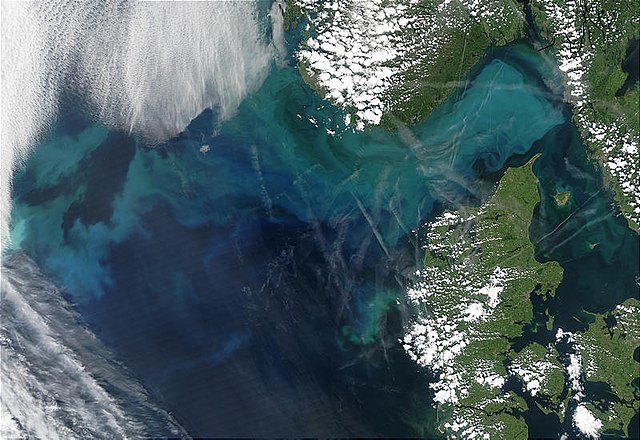Global cooling was a conjecture, especially during the 1970s, of imminent cooling of the Earth culminating in a period of extensive glaciation, due to the cooling effects of aerosols or orbital forcing.
Some press reports in the 1970s speculated about continued cooling; these did not accurately reflect the scientific literature of the time, which was generally more concerned with warming from an enhanced greenhouse effect.
The temperature record as seen in 1975; compare with the next figure.
Image: Peer Reviewed Papers Comparing Global Warming And Cooling In 1970s
Cloud condensation nuclei
Cloud condensation nuclei (CCNs), also known as cloud seeds, are small particles typically 0.2 μm, or one hundredth the size of a cloud droplet. CCNs are a unique subset of aerosols in the atmosphere on which water vapour condenses. This can affect the radiative properties of clouds and the overall atmosphere. Water vapour requires a non-gaseous surface to make the transition to a liquid; this process is called condensation.
Aerosol pollution over northern India and Bangladesh (Satellite image by NASA)
Phytoplankton bloom in the North Sea and the Skagerrak – NASA
Volcanic ash and gas emissions from Alaska's Pavlof Volcano —NASA





